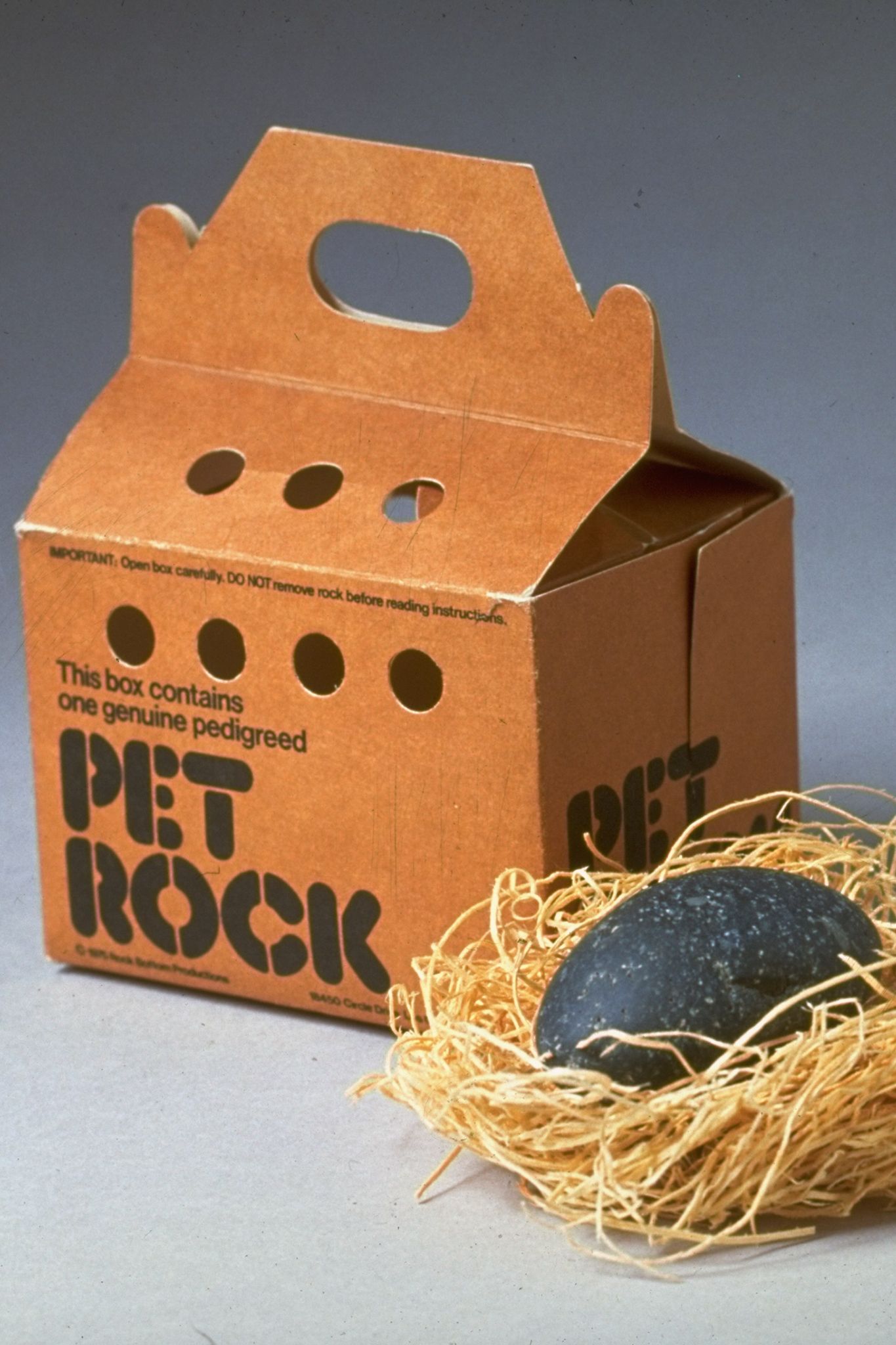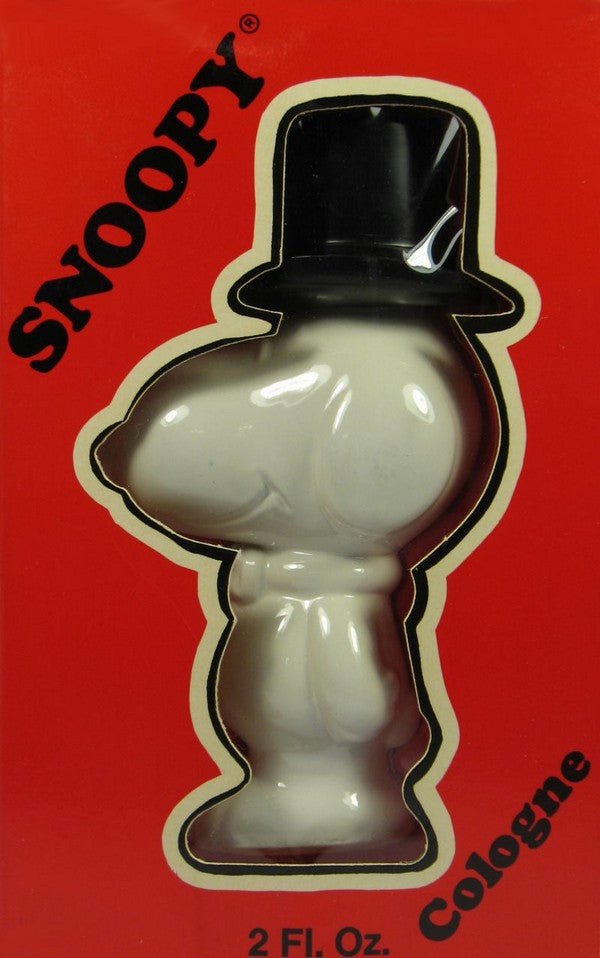xyz
Gold Member
- Oct 5, 2016
- 7,970
- 1,386
- 195
It's an interesting subject. There was one site which said you can get it to ring, it was a simple hack of how you connect the different colored wires.I'm thinking you could use it to answer the phone, not sure you could still dial numbers.A W48 German telephone, some time between 1948 and 1961.
Alas, someone else beat me to it, once it got out on the sales floor.
It did prompt me to do a little bit of research into the concept of making an antique telephone work with a modern phone line. The two main issues seem to be that modern phone companies have dropped support for pulse-dialing, and that most modern phone lines don't reliably put put a strong enough ring signal to activate the old ringers. There is equipment that you can get, to put between an old phone and a modern phone line, at least to implement pulse-dial support on your end, intercepting the pulse dials from the phone and passing them on to the phone system as touch tones. There's even a Blutetooth-based device to pair an ancient phone with your cell phone, and make it work that way.
One thing for which I didn't find an answer is whether the European version of “Plain Old Telephone Service” (POTS), for which this phone was made, is compatible with the American version.
Found out that those old phones rang differently in Europe, the US and Australia, well the same ring but for different lengths of time as to how it's spaced with the silence. But that should be a function of the provider, not the phone.
You would need a converter for the dial unless your local service hasn't phased out rotary dialing for some reason, and supposedly you would also need to calibrate the dial according to one site, which doesn't surprise me if I remember how many wrong numbers I used to get.
I'm kind of curious myself, we've got a couple of older phones, with buttons but one can also generate rotary dial tones, I think. They haven't been plugged in for a long time.


















